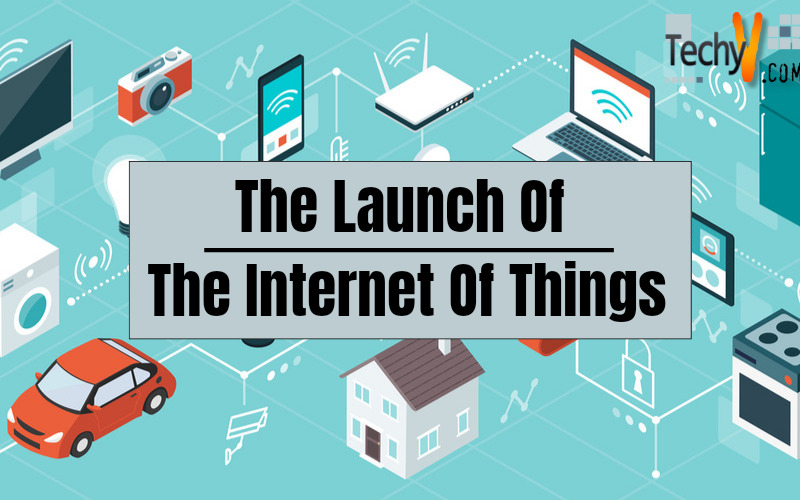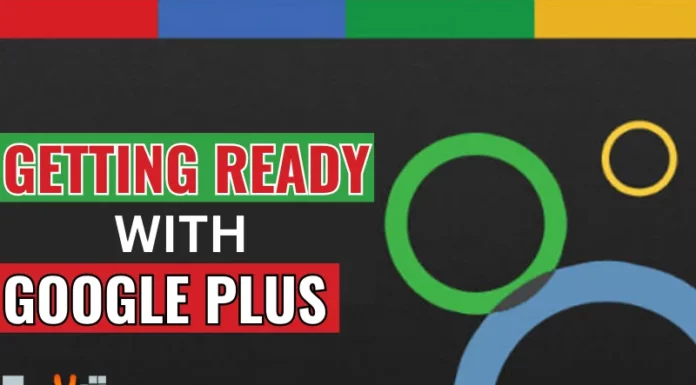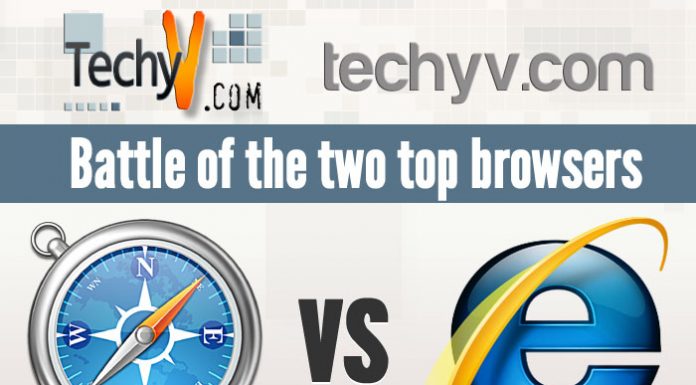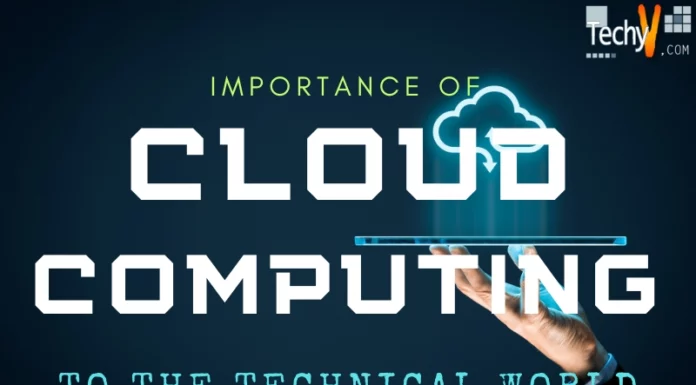The Launch of The Internet of Things
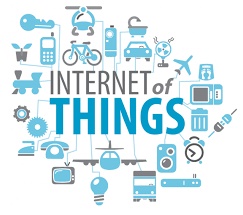
The term “Internet of Things (IOT)” was first introduced in 1999 by Kevin Ashton and became famous via Auto-ID Center at MIT. IOT can also be called as the Internet of Objects. It means the interconnection of all the daily objects that we use, such as the objects that can be located and recognized through an internet connection. It is a system of interrelated computing devices and other recognizable objects (even humans) embedded with electronics, software, sensors and network connectivity that enable these objects to collect and exchange data. IOT enables us to transfer or send data without requiring a human-to-human or human-to-computer interaction. Initially, RFID was considered as a criterion for IOT. If all the objects or human were fitted with identifiers, then they can be managed and registered by computers. Currently, it is being supported that anything can be brought in the web of IOT if it can be given an IP address as a sole identifier.
IOT has been dominating the world since the day it came into practice. There has been an exponential rise in the number of companies that provide you with this facility. People have been looking for such formulae that make their lives a little easier. In a fast moving world, we like to keep it all connected be it your home, wearable, car and even your health. Today IOT finds application in all the realms of life. Some of them have been discussed below:
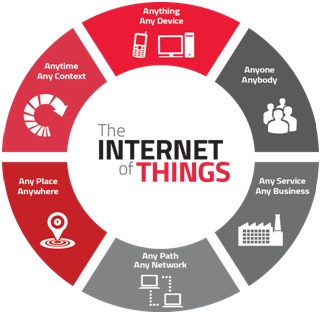
- Smart Homes: This is the most developed arena of IOT. With people getting busy in their life they really can’t waste time taking care of their homes. Well, IOT does it for them. We today have automated homes and appliances where you can take care of your AC or that car in your parking without actually being at home. This makes a person more relaxed and saves a lot of time.
- Smart Parking: With the rise in population the number of vehicles is also rising. This leads to congested parking spaces but with the help of IOT, we can determine the free parking spaces.
- Traffic Congestion: In developing countries the traffic is mismanaged, and there seems to be no cure to this problem. However, IOT helps us to optimize the driving routes by monitoring the vehicles.
- Wearable: Today, there are fitness bands, shoes, and even clothes that monitor the health of the patient. The information about the temperature, heart rate, oxygen saturation, etc. can be accounted for and can be directly sent to the physician through such wearable.
There are other sectors such as manufacturing industries, smart metering, etc. that have also shown advancements in IOT and are implementing it to derive full benefits from it. IOT has promised us a brighter and better future with a lot of opportunities but has several challenges that lay unaddressed. These are not just the hypothetical issues but very real and serious problems. They are as follows:
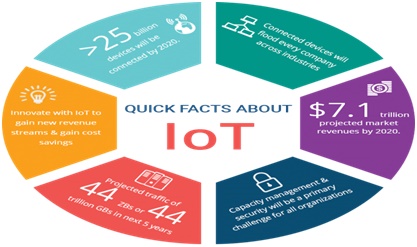
- Security: As we know hacking is synonymous with the internet. Here we don’t have just the internet but an internet of all the daily objects that we dearly rely on. If a hacker gets hold of your RFID, then you are more than doomed. The problem is huge because even the tightest security is not good enough to keep that hacker at bay.
- Privacy: As everything can get into the IOT with a RFID, you too become traceable, and your privacy just remains a 7 letter word and nothing more than that.
- There are other issues of Standardization and Harmonization that lay unaddressed as for now.
IOT has created a lot of buzz in the market and maybe by 2020, we will have smart cities all over the world. IOT has promised us the WORLD in a small package, but it also has the potential to elevate crime rate leave the world in distress.



